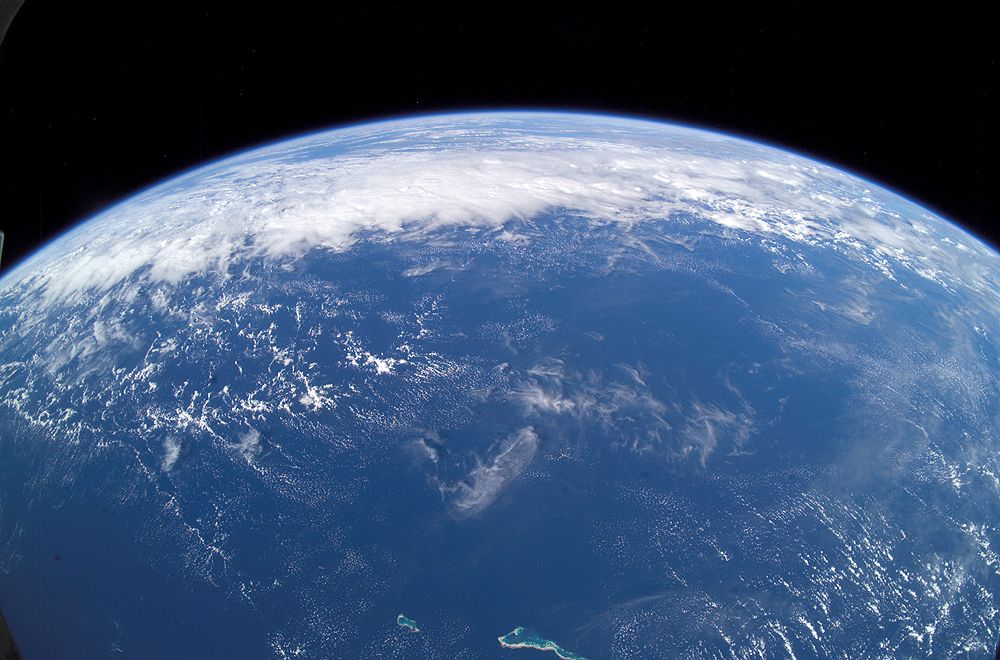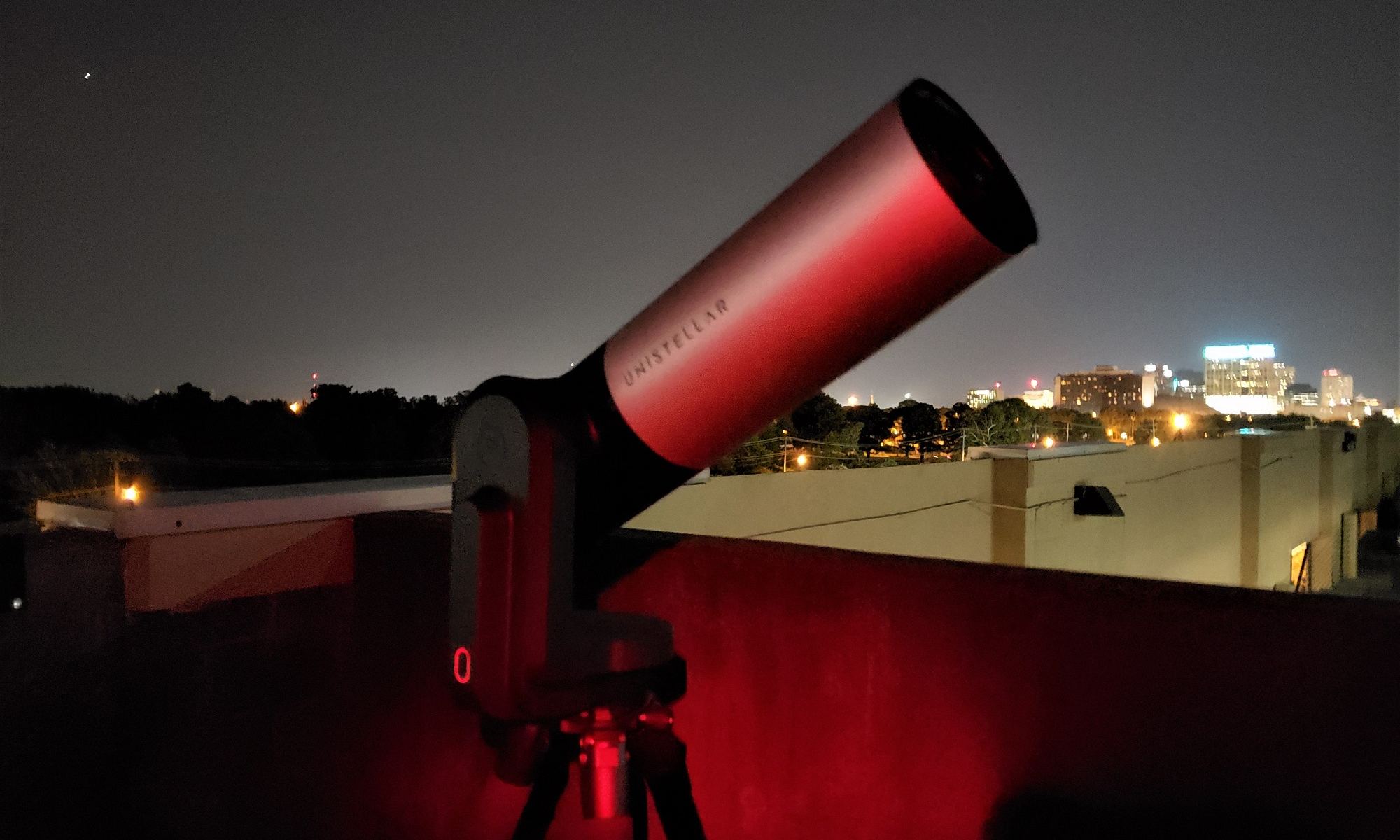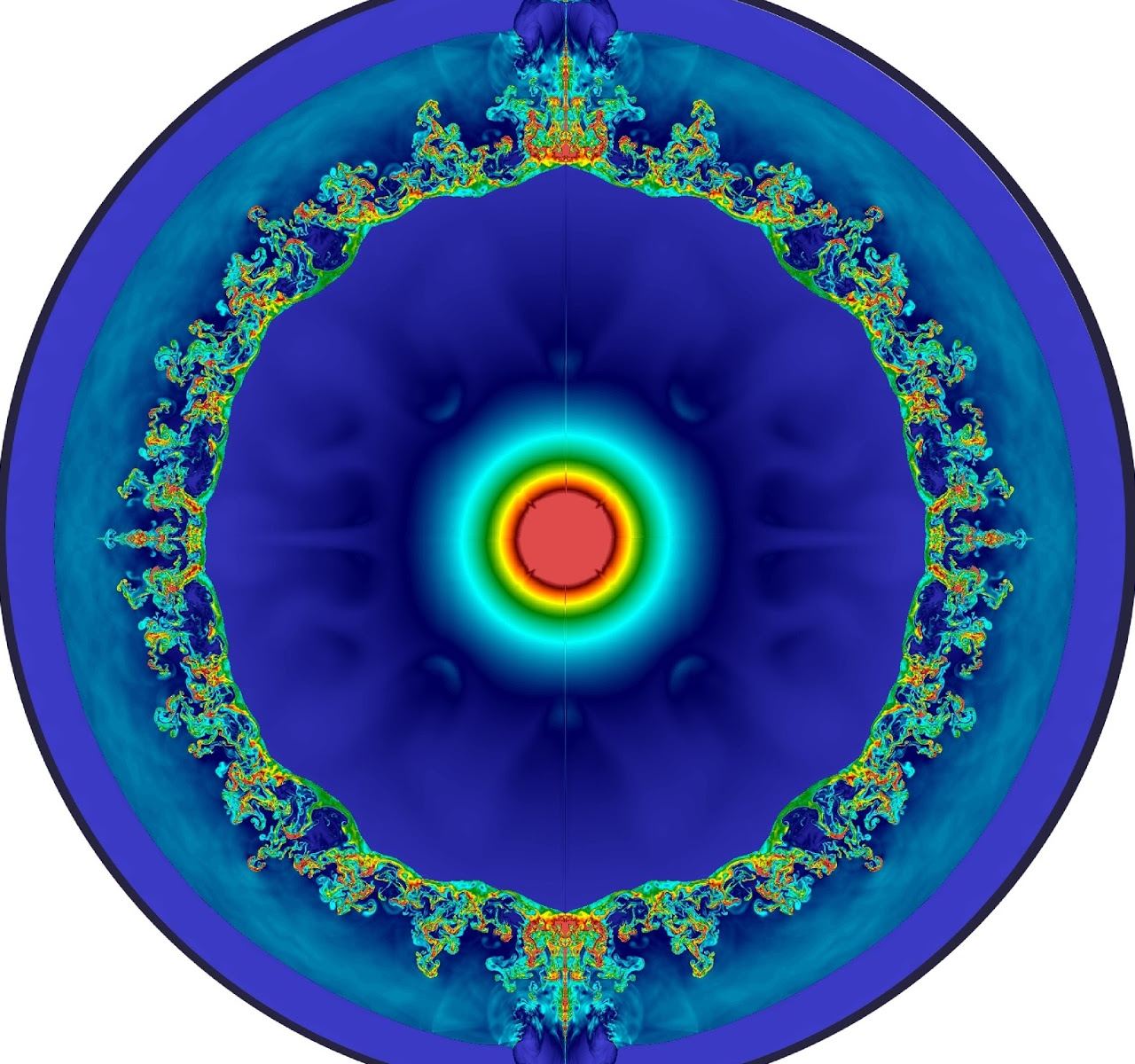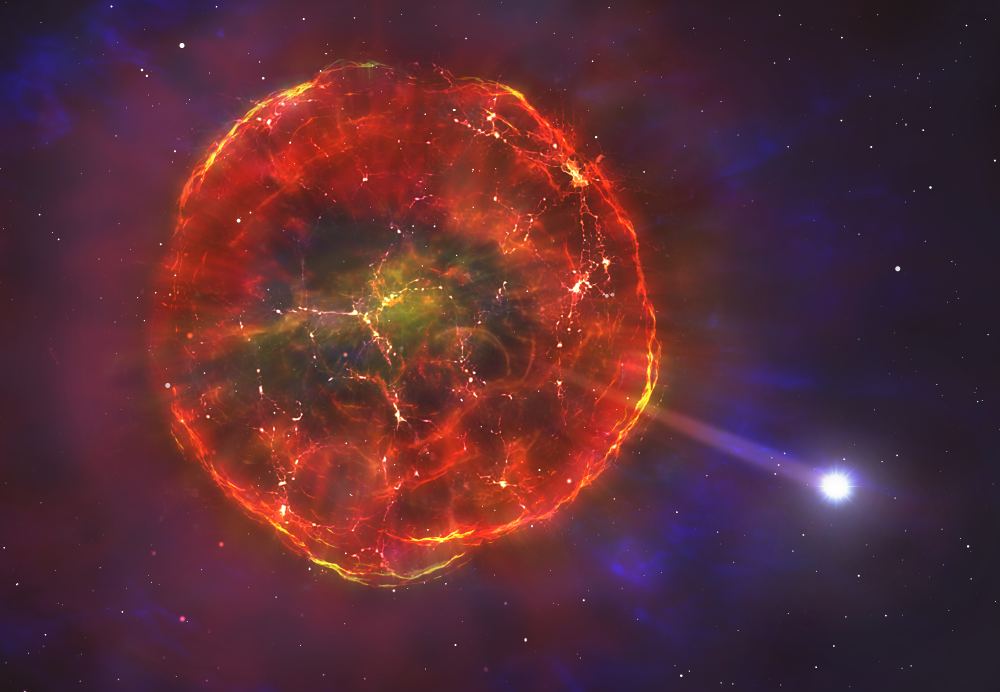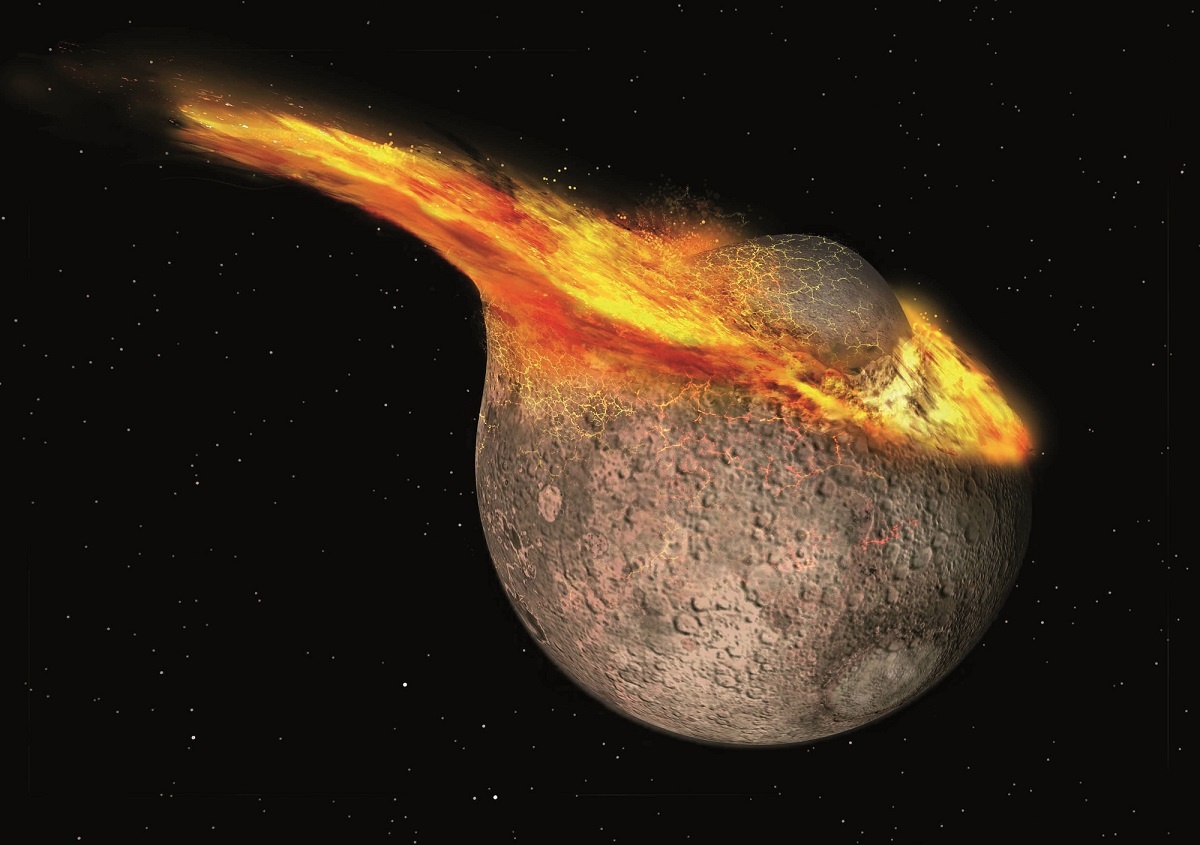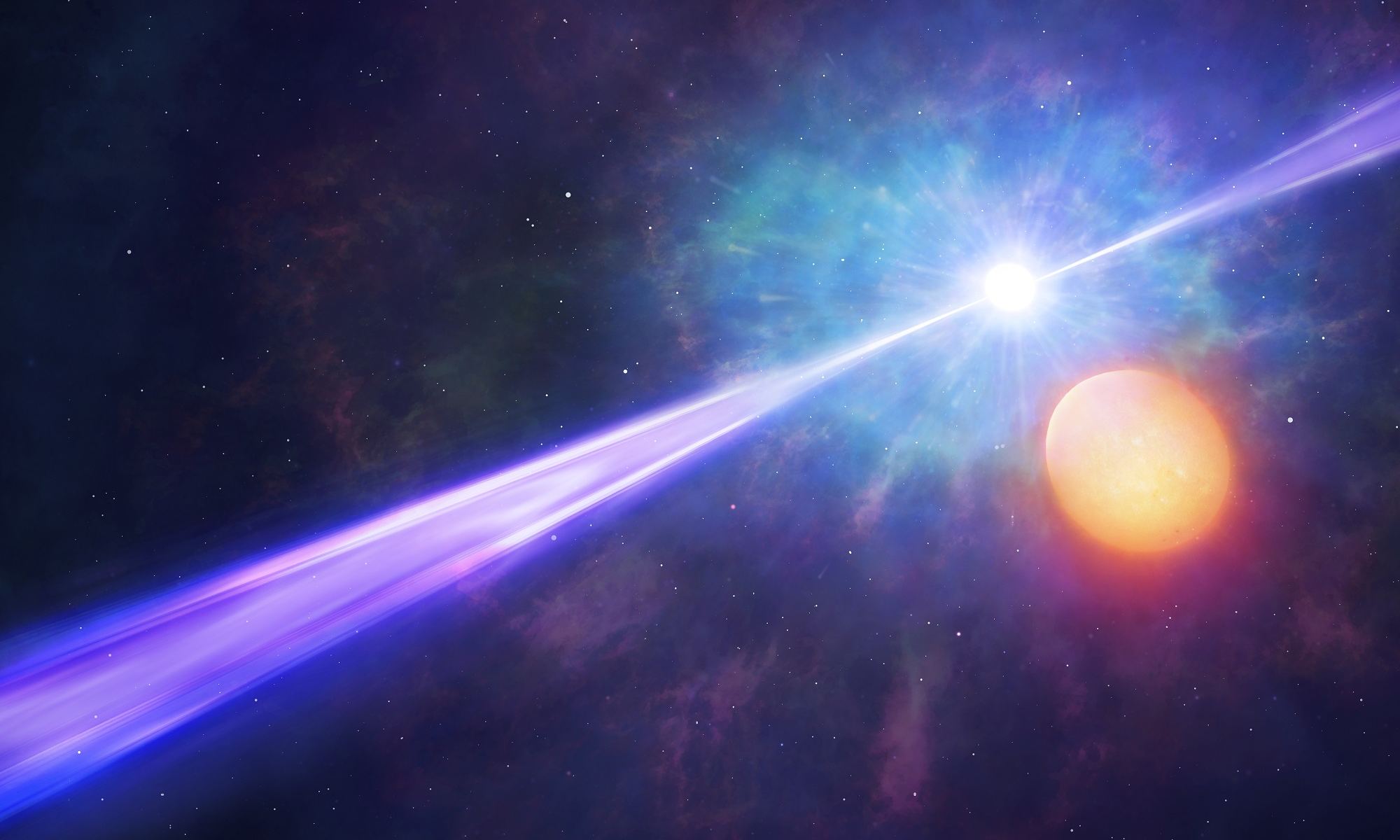We’re getting better and better at detecting exoplanets. Using the transit method of detection, the Kepler Space Telescope examined over 530,000 stars and discovered over 2,600 explanets in nine years. TESS, the successor to Kepler, is still active, and has so far identified over 1800 candidate exoplanets, with 46 confirmed.
But what if, hidden in all that data, there were even more planets? Astronomers at Warwick University said they’ve found one of these “lost” planets, and that they think they’ll find even more.
Continue reading “Astronomers are Starting to Find Planets in Much Longer Orbits. Cooler, More Habitable Planets”

